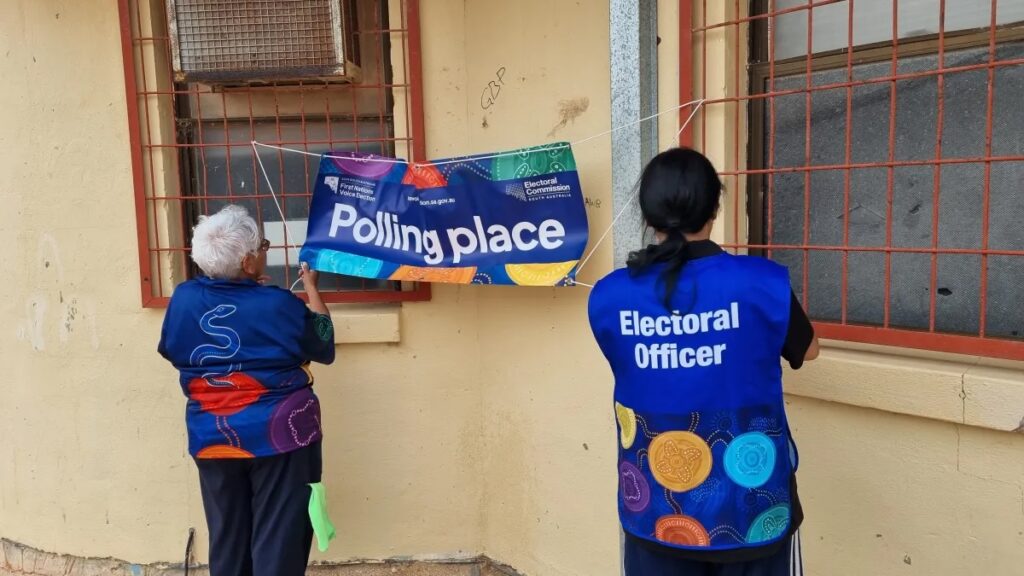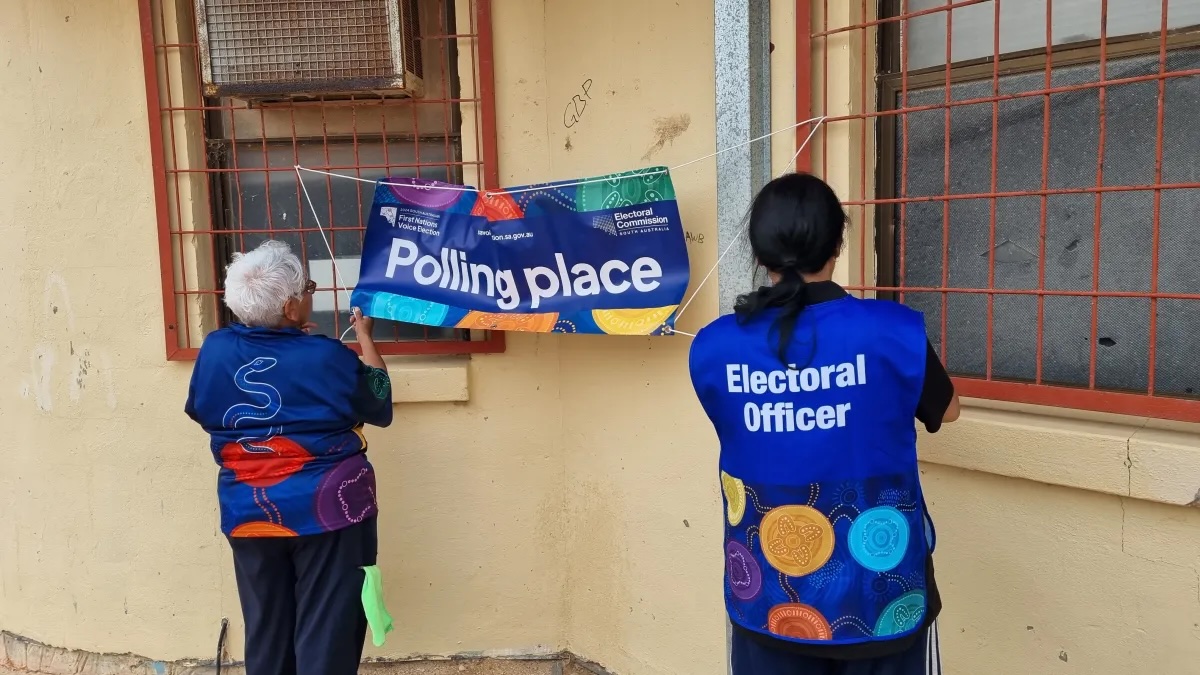With the development and rapid improvement of technology — such as phones, the internet and digital platforms including social media — the cost, skill-sets required and other barriers of entry for citizen reporting and the publication of news has decreased.
Initially celebrated for improving the accessibility with which individuals and smaller businesses can create and share news content, this change may have influenced improvements in the platforming of diverse voices and experiences over recent years.
However, this ‘democratisation’ of the media has not been quite the positive development for communities, governments, and indeed democracies, as anticipated.
Media is no longer viewed as gatekeepers of information. Instead, the digital space has been flooded with unverified, harmful, sensationalised or simply just unnecessary and distracting information, becoming not so much a competition of the most considered or reputable findings, as the loudest and sometimes richest voices.
The resulting increase in mis and disinformation has deepened the polarisation of views, to the point of triggering civil unrest, spreading damaging public health information during the pandemic, and exacerbating threats of propaganda and censorship.
Governments themselves, whose very existence is threatened by these anti-democratic outcomes, have added to these murky floodwaters, seen in recent years in baseless accusations of fake news levelled at reputable media outlets, and slyly disguised PR campaigns (troubling media reports detailed accounts of political parties distributing fake newspapers promoting their candidates in the 2024 UK general election).
Unsurprisingly, audience perceptions of the media have been affected over time. Unfortunately this has led not so much to greater media literacy and healthy scepticism, but rather a deep distrust in the media (not to mention governments and other authorities), often not synonymous with the editorial quality of the publication and their fact verification processes.
This democratisation process has provided fertile ground for major tech companies — think Meta, X (formerly Twitter), etc — to further monopolise the market by building reliance on third-party digital platforms, and the fragmentation of smaller media organisations has resulted in Australia becoming one of the most consolidated media markets in the world. It’s a fairly dismal picture of the current state of the ‘fourth estate’….
Enter local news publications. Embedded within the communities they report, journalists at these publications are uniquely positioned to counter mis and disinformation and explain voting processes in local regions. With strong reciprocal trust generated by their personal connections and commitment to their communities, they can quickly identify disinformation, contextualise misinformation or ‘half-truths’, and improve media literacy so individuals also have the toolkit to perform these roles independently. Local, independent news publications represent the diverse views, voices and experiences of their communities, while ensuring these still pass independent scrutiny and fact-checking processes to filter for harmful, untrue or misleading information.

In March 2024, Aboriginal people voted to elect representatives to South Australia’s state-based Indigenous voice to parliament, a historic moment for South Australia and the nation, covered by local independent publication InDaily. Photo: Thomas Kelsall/InDaily.
While some local governments may feel uncomfortable by the extra scrutiny provided by local news, they also benefit from this work. Local, independent news provides a mechanism for governments to receive community feedback, encourages political and democratic participation, and strengthens engagement with local decision-making processes. Not only this but these publications also support emergency preparedness and resilience and builds social cohesion and connection.
Findings from the Digital News Report: Australia 2024 demonstrate that compared with other news topics, “local news has the widest gap between interest and availability”, with 64% of Australians most interested in local news but only half of them saying they are getting enough.
While innovation and change is extremely important, perhaps in this instance it’s time to return our support to more traditional journalism. This does not mean discrediting journalists or publications that do not conform to “professional” expectations of pay, education level or income. On the contrary, much of the most valuable reporting around the country is being performed by people who have stepped up within their communities to act as journalists, often without pay or formal training. Support from audiences, advertisers, and policy makers, however, needs to be directed to publications that maintain a ‘pre-media democratisation’ standard of independence and content and editorial guidelines.
With Australia set to follow the US to the polls within the next six months, supporting independent news media has never been more important for our democracy.


